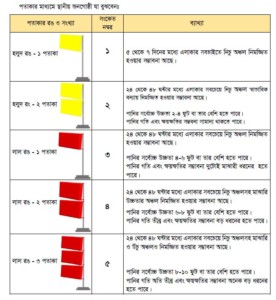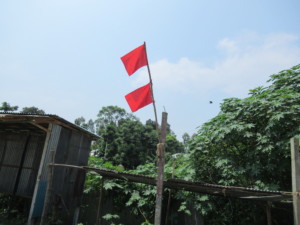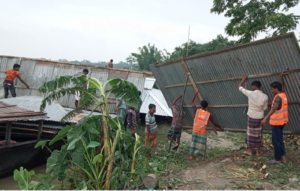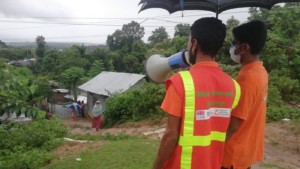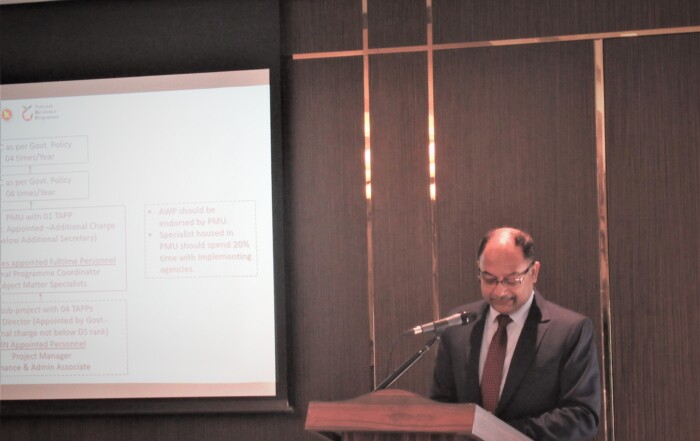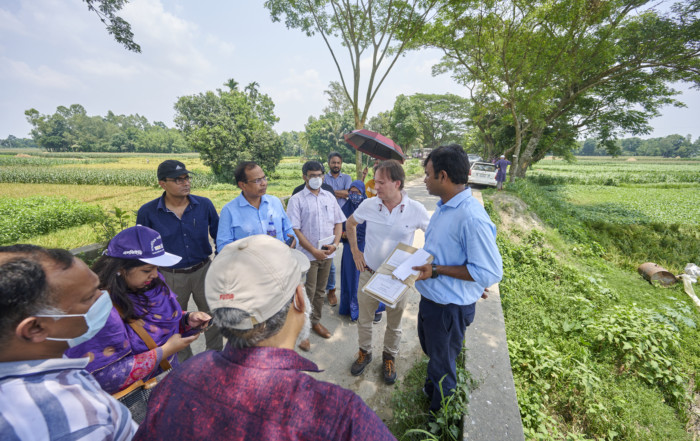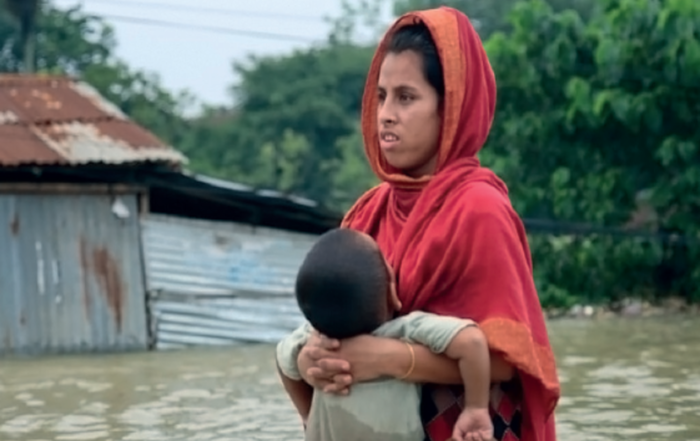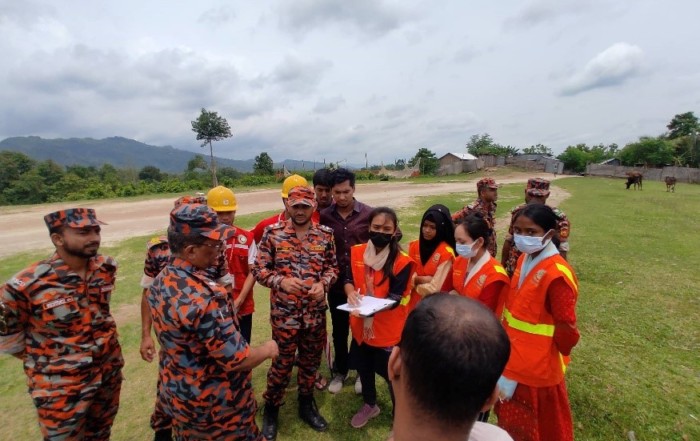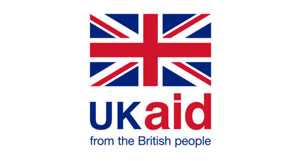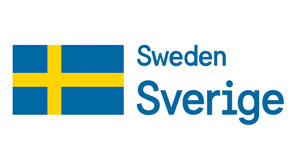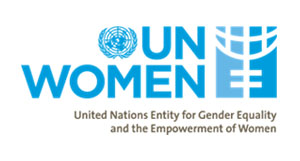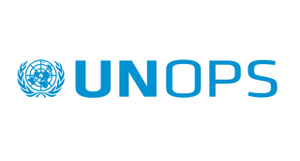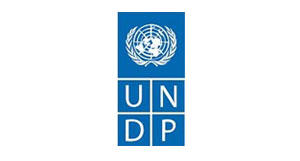
Forecasting Means to one step closer for Building Resiliency in Bangladesh
Forecasting is more than a scientific curiosity for the rural farmers in North-west Bangladesh because of limited access to basic and critical weather resources like flood forecasts. So for that the lacking of pro-active plan it leads waste seed, fertilizer, livestock and valuable time. Now a day’s climate change enhances the importance of timely flood forecasts. So for that for the UNDP Bangladesh’s National Resilience Programme working with the water experts, meteorologists, NGOs, local leaders, community volunteers as a dynamic “end to end” approach for producing flood forecasts and advising programme. These forecasts/early warnings are then translated into potential impacts (risks and opportunities) for agricultural activities and disseminated directly to the rural farmers/communities for necessary preparedness. Building on the lessons from Cyclone Preparedness, color-coded flags are hoisted in the public places as one of the main ways of local dissemination. This inclusive model helps farmers take actions and gain back agency against uncertainty. Building on the existing flood warning mechanism, the model has been developed with technical assistance from Institute of Water and Flood Management (IWFM) of BUET and CARE Bangladesh. Activities that are part of flood preparedness included the warning messages provided to the communities using colour coded flags and local languages are quite understandable. It has developed a community support system and is connected to service structure. Moreover, it is replicable and cost effective.
Prof Munsur Rahman of IWFM said, “The model is instrumental for anticipatory early actions by both govt. and non-govt. actors including development partners.”
After just one year of implementation, evidence from Kurigram and Jamalpur- the two most flood vulnerable districts in north-west Bangladesh, showed that participating communities were better prepared, and yield increased in 2021 flood compared to 2020. In the piloting phase the programme reached 20,000 households with the flood early warning.
Lutfa Bewa of Kulkandi village in Jamalpur told, “We received warnings 7 days before the floods this year (2021). It allowed us to save our crops, fish farms, embankments and other resources.”
UNDP’s National Resilience Programme is promoting to scale and sustain this innovation and prototyping an application for sending flood early warning as short text message among the at-risk communities. In the next 3/5 years, NRP hopes to reach at least 200,000 households (900,000 people) accounting for over 70% of farmer households in 7 flood prone districts on Bangladesh.
